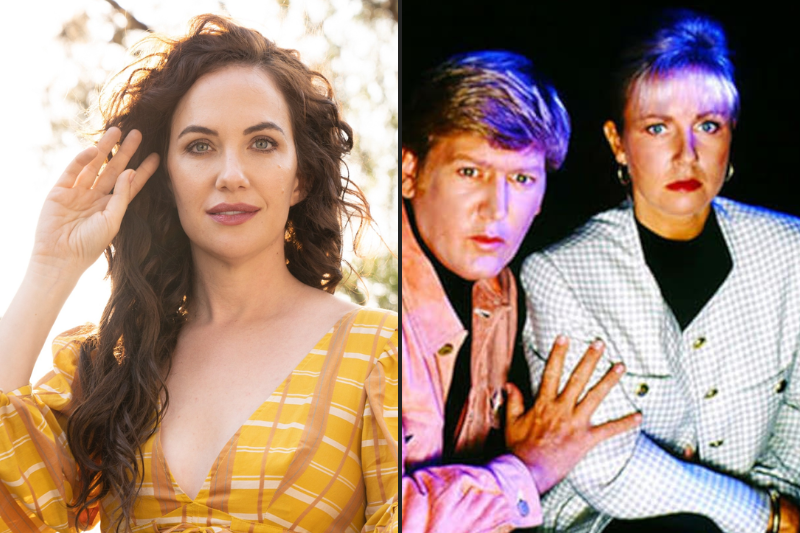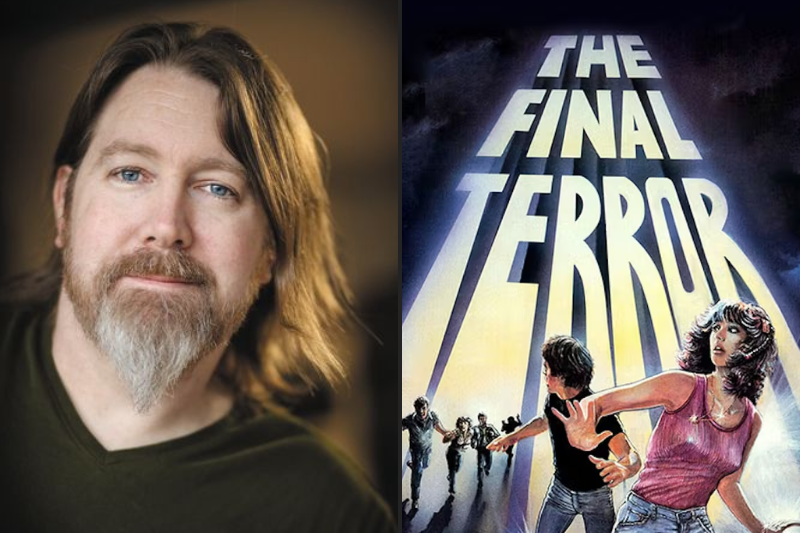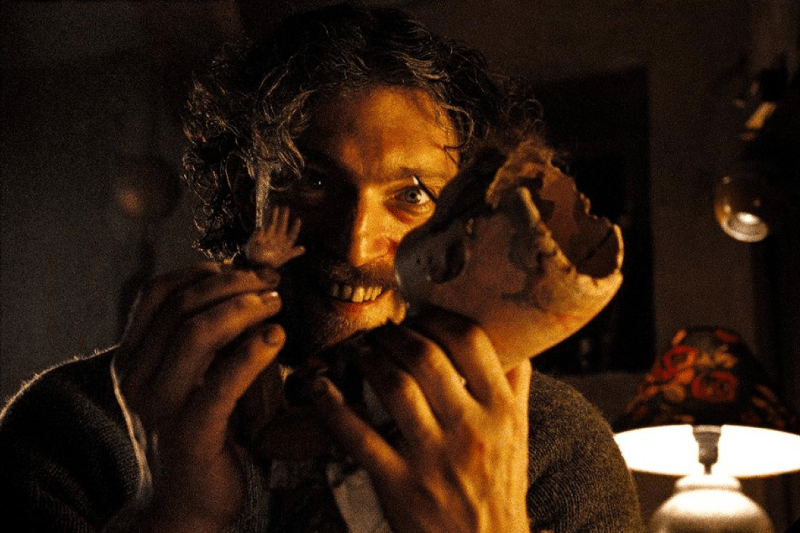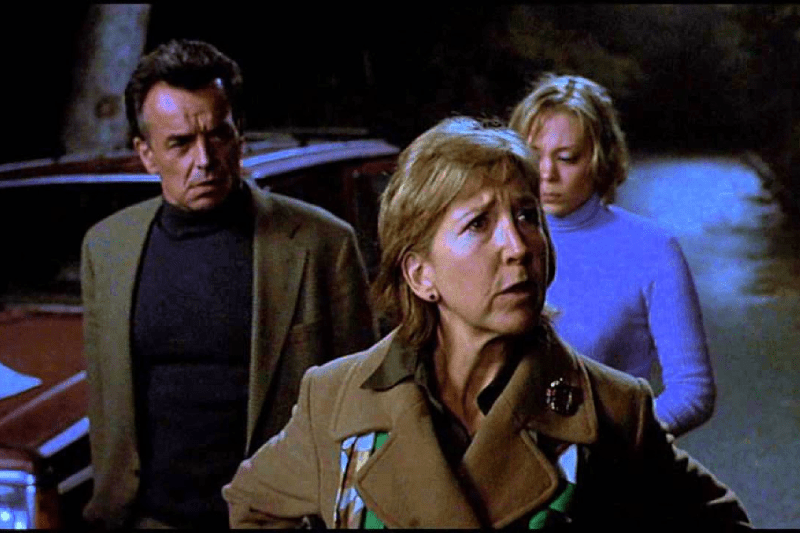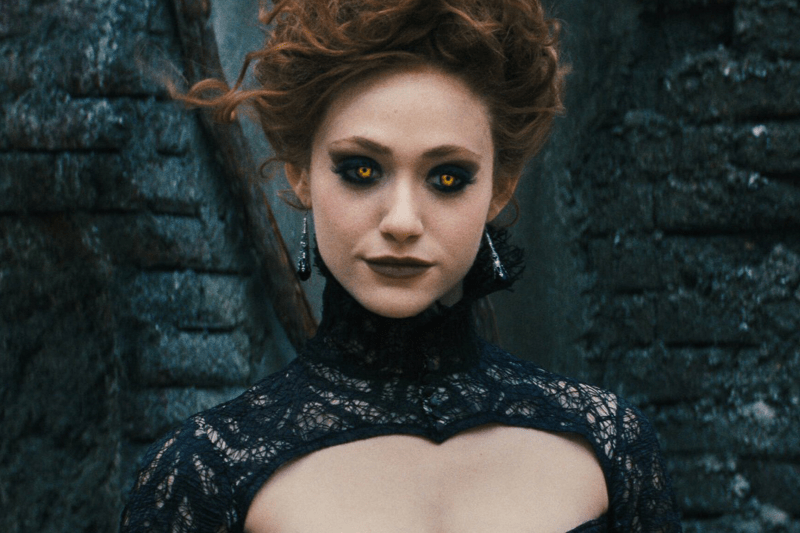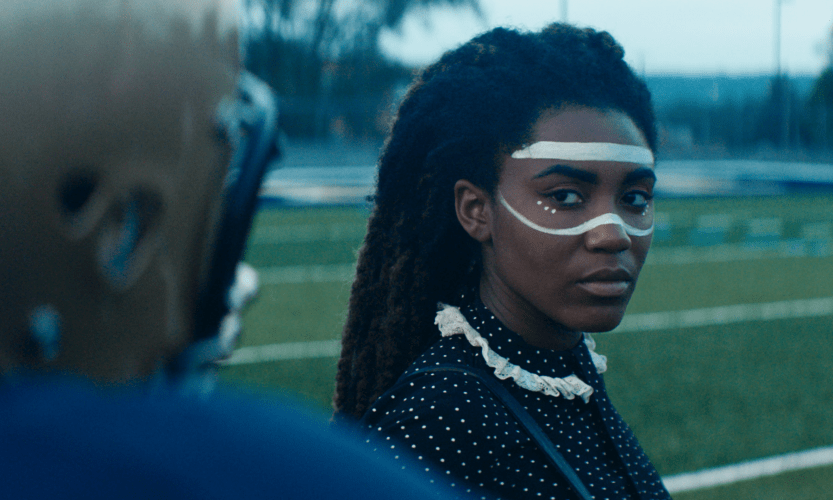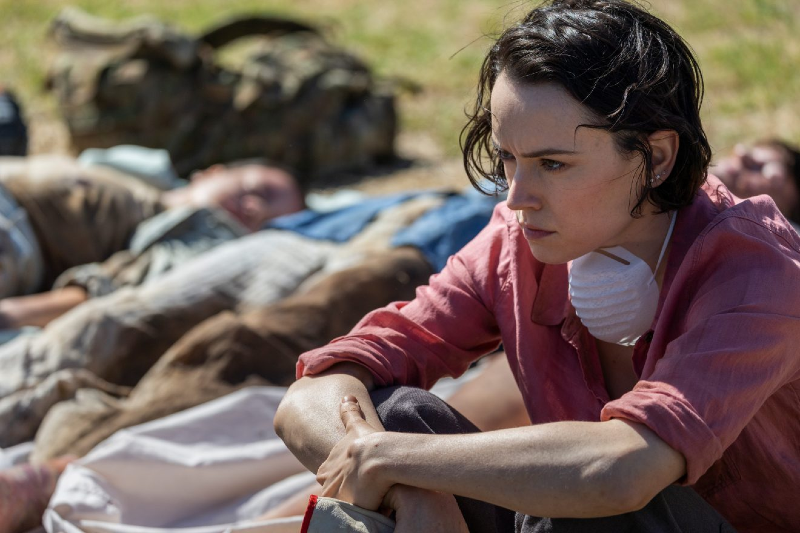‘The Sacrifice Game’ Brings Horror Home for the Holidays
Molly Henery shares horror for the holidays with her essay on Jenn Wexler's Christmas film 'The Sacrifice Game.'
Listen to the Certified Forgotten Podcast
Podcast: Kate Siegel on ‘Ghostwatch’
'V/H/S/Beyond' filmmaker Kate Siegel joins Certified Forgotten to talk about her directorial debut and Lesley Manning's 'Ghostwatch.'
Podcast: David Dastmalchian on ‘Entrance’
'Late Night with the Devil' star David Dastmalchian joins Certified Forgotten to discuss 'Entrance,' one of his favorite underrated slashers.
Podcast: C. Robert Cargill on ‘The Final Terror’
Screenwriter C. Robert Cargill ('The Black Phone') joins Certified Forgotten to discuss Andrew Davis's anti-slasher 'The Final Terror.'
Podcast: Meredith Borders on ‘The Peanut Butter Solution’
Fangoria senior editor Meredith Borders returns to the podcast to talk about gateway horror cult classic 'The Peanut Butter Solution.'
Spotlight: Horror for the Holidays
New Articles
‘We Bury the Dead’ Review: Apocalyptic Scale Minus the Stakes
'We Bury the Dead,' the latest film from 'These Final Hours' director Zak Hilditch, offers apocalyptic scale but little human connection.
Podcast: ‘It Ends’ Gets Uncertified
Matt Donato and Matthew Monagle talk Letterboxd and high-concept horror in their discussion of Alexander Ullom's 'It Ends.'
Podcast: ‘Silent Night, Deadly Night’ Gets Uncertified
Matt Donato and Matthew Monagle sit down for a conversation about Mike P. Nelson's 'Silent Night, Deadly Night' remake
Podcast: ‘Five Nights at Freddy’s 2’ Gets Uncertified (with BJ Colangelo)
Film critic BJ Colangelo joins Matt Donato to discuss 'Five Nights at Freddy's 2,' the latest adaptation of the popular video game series.

